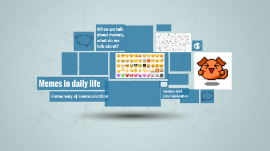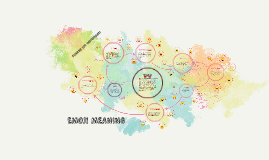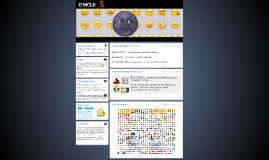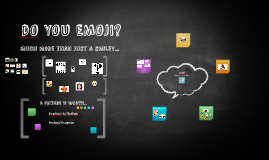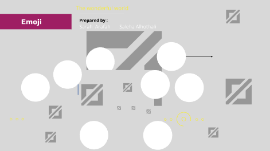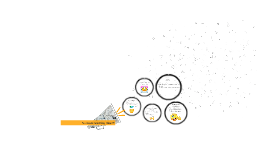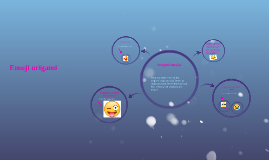EMOJI
Transcript: Thanks for watching!! An angry looking face. Has inward-facing eyebrows, and a frowning mouth. Expresses anger, grumpiness or annoyance at a situation. The first emoji was created in 1998 or 1999 in Japan by Shigetaka Kurita, who was part of the team working on NTT DoCoMo's i-mode. Kurita took inspiration from weather forecasts that used symbols to show weather. A laughing emoji which at small sizes is often mistaken for being tears of sadness. This emoji is laughing so much that it is crying tears of joy. But at first, it means that someone has mixed emotions, so he is crying and laughing at the moment. Microsoft Twitter Twitter Happy Emoji Twitter Samsung Facebook Microsoft Microsoft Microsoft EMOJI MEANING Samsung Facebook Heart Eyes A sad face with tears streaming down both cheeks. This face is distraught and inconsolable. Not to be confused with the tears of joy emoji. It is used when somebody is very sad and unhappy. Apple Twitter Microsoft Facebook Emoji are ideograms and smileys used in electronic messages and on Web pages. They are invated by people in Japan and they were first used on Japanese mobile phones in 1999s. Now, they are popular on all over the world and they are used on all social networks like Facebook, Twiter, WhatsApp and Instagram. A face showing a stuck-out tongue, winking at the same time. Used in an attempt to be wacky, zany, or otherwise joking. LOL Emoji Microsoft Samsung Facebook Facebook Used to imply humor in written form, or may alternatively be used suggestively, as a form of flirtation. Apple Crazy Face Emoji Angry Face Emoji Samsung Twitter Samsung Microsoft Apple Apple Emoji Facebook Twitter A classic smiley-face emoji with an open mouth showing teeth, and tall, open eyes. It means that somebody is happy or that he likes it. Emoji Apple Winking face Twitter Crying Emoji Apple A face with hearts instead of eyes, or Heart Eyes Emoji as it is generally known. Used as an expression of love, for example: “I love you” or “I love this”. Facebook Samsung Samsung And now, I want to show you some of the most favourite emoji. Apple History






